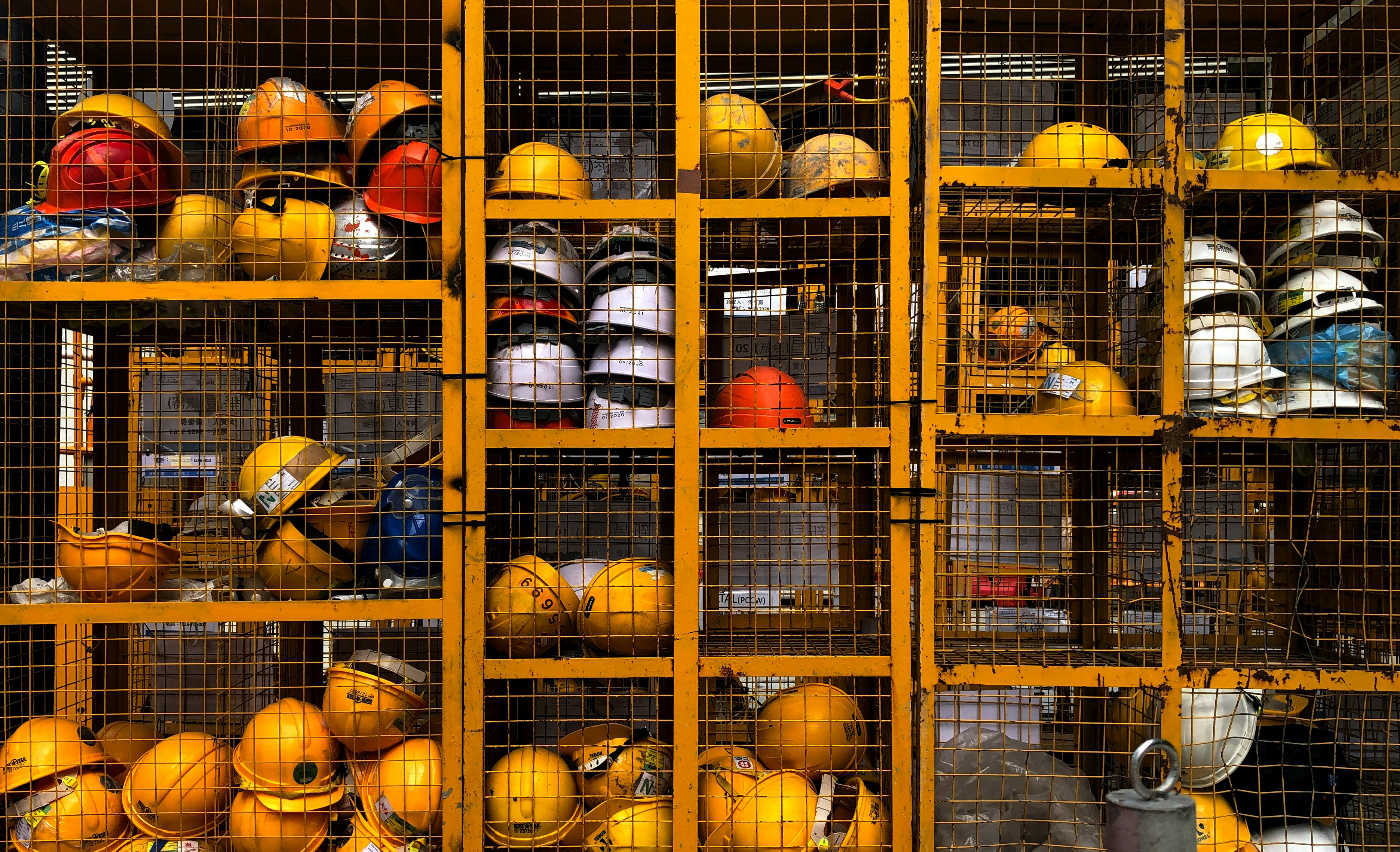Who does the Safeguard Mechanism affect?
The Safeguard Mechanism sets a series of baselines over facilities with scope one emissions of more than 100,000 tons of carbon dioxide equivalent per year.
Entities with operational control of the facility (the responsible emitters) are required to keep the facility’s emissions at or below its baseline, which you can find here. This can be achieved either through performance improvements (please contact us to find out how) or through the surrender of Australian Carbon Credit Units (ACCUs).
Scope one emissions are the direct emissions generated at a facility such as carbon dioxide produced from the combustion of fuel.
The power industry has a separate Sectorial Baseline of 198 million tonnes of carbon dioxide equivalent per year, if the sectorial baseline is exceeded, then individual baselines will then apply to each generator. Islanded grids, such as remote mine supply grids, are not covered by the Sectorial Baseline but are included in the facility’s baseline.
The industry achieved 143 million tonnes per annum between 2021 to 2022 (46.2% of Australia’s Scope one emissions), which sits well under the sectorial baseline due to the substantial addition of renewable energy to the national electricity market in recent years. There is a multi-year monitoring period allowing facilities to net-out emissions over a two, or three-year-period.
The 2021 to 2022 reporting year summary indicates that, between 2021 and 2022, 219 facilities had combined emissions of 137.5 Million tonnes, which accounted for 28% of Australia’s national emissions.
How is the Safeguard Mechanism changing?
The key reform is that the baselines will gradually reduce over time and facilities that operate under their baseline will be able to generate credits.
The baselines will fall from a forecasted 143 million tonnes per annum between 2022 and 2023, to no more than 100 million tonnes per annum by 2030 and no more than 1,233 million tonnes per annum from 2021 to 2030. The baselines will scale down at 4.9% per annum.
How did the Australian Greens influence the scheme?
The scheme now requires that carbon dioxide reservoir emissions from gas projects supplying LNG to be avoided, or offset, which means new gas fields with naturally higher levels of carbon dioxide in the reservoirs will have to avoid emissions, through processes like carbon capture storage; or offset these emissions.
This will affect new conventional fields more than new coal seam methane fields with significantly lower carbon dioxide levels. The scheme now requires facilities to achieve more than 30% of their reductions through offsets to provide an explanation to the Clean Energy Regulator. The Greens also influenced the introduction of a hard cap of 1,233 million tonnes.
How can I find out more and what can I do with my facility?
Please contact us at Andrew.Murdoch@archeenergy.com.au for more information or to find out how Arche Energy can help your facility meet its obligations through direct emission reduction projects such as carbon capture storage, heat recovery, fuel substitution, carbon recycling or integration of renewables.
About the Author
Andrew Murdoch is CEO of Arche Energy and is a long-term energy industry participant, advisor and energy nerd.
References
“Safeguard Mechanism reform consultation- factsheet 1” January 2023
“Safeguard Mechanism reform consultation- factsheet 2” January 2023
https://www.cleanenergyregulator.gov.au/NGER/The-safeguard-mechanism (accessed 1 April 2023).
https://www.afr.com/policy/economy/critical-milestone-reached-in-great-safeguard-compromise-20230328-p5cvy8 (accessed 1 April 2023).
https://news.nab.com.au/news/safeguard-mechanism-explainer/ (accessed 1 April 2023).
https://archeenergy.com.au/service/carbon-capture-consulting/
